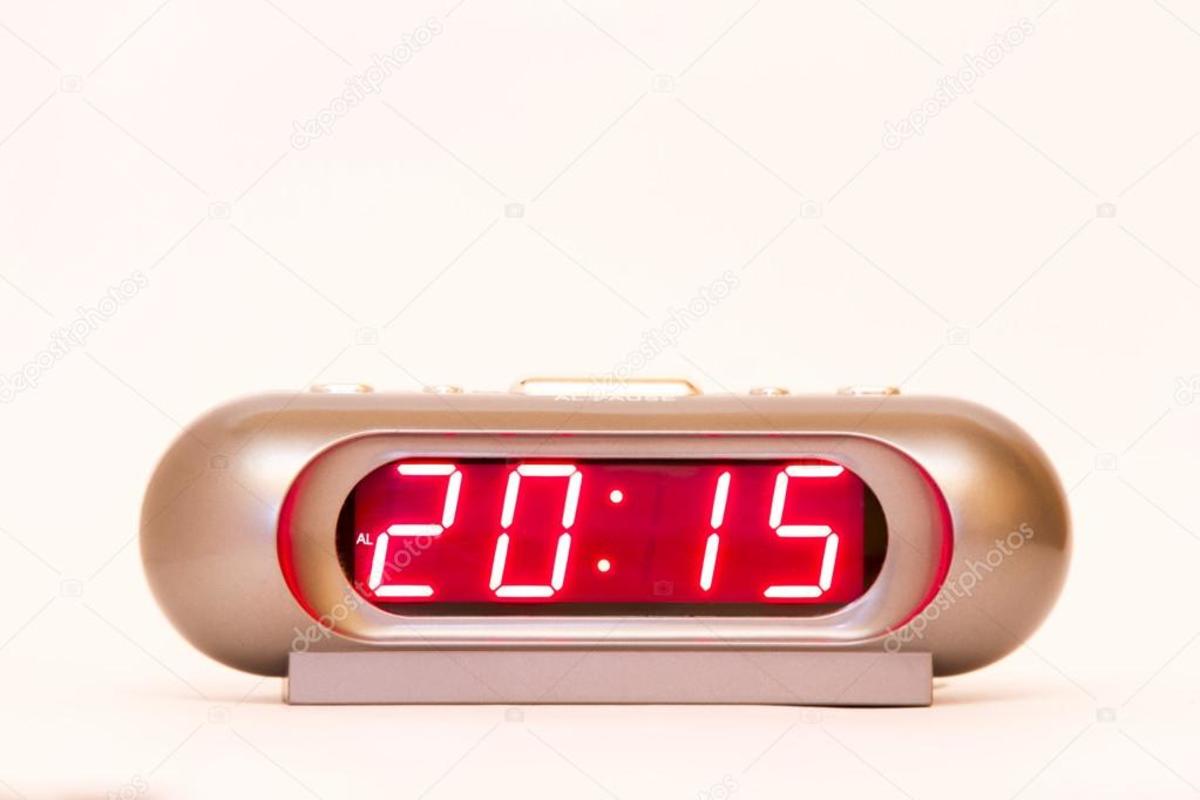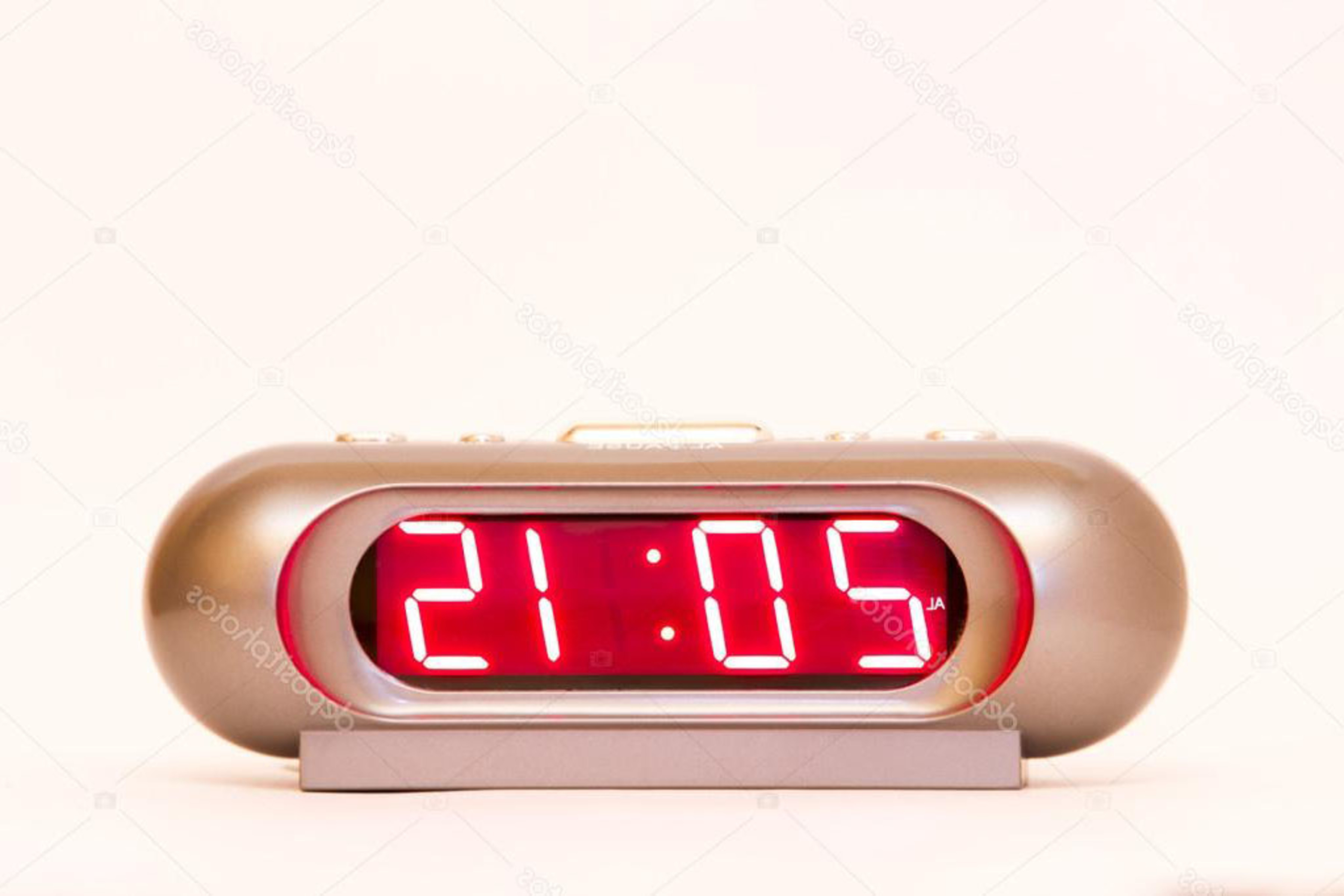The mirrored time
There is an alarm clock in front of me. The time is written in digital form:

Now I want to rotate the clock by 1 8 0 ° and put it in front of a mirror. I can read at the mirror:

I can call the starting time "mirrorable" because, if I read it at the mirror, I still get a real time.
Assuming that times with digits I can't read at the mirror, for example 3 or 7 , or times like 5 0 : 1 2 aren't valid; how many "mirrorable" times are there in total?
This section requires Javascript.
You are seeing this because something didn't load right. We suggest you, (a) try
refreshing the page, (b) enabling javascript if it is disabled on your browser and,
finally, (c)
loading the
non-javascript version of this page
. We're sorry about the hassle.
2 solutions
Absolutely brilliant solution!
Ok, well, I had stayed there for about 3 days before I solved it and I can't use theorems or simplified methods for this problem.
First of all, let's call a general schedule A B : C D . We'll read at the mirror D ′ C ′ : B ′ A ′ , and each digit will be the "reverse" of each other.
There are many cases that we're going to exclude, let me explain.
The digits we can read at the mirror are: 0 , 1 , 2 , 5 , 8 . We've already put out five digits that we can't use.
Let's analize better:
0 becomes 0 ,
1 becomes 1 ,
2 becomes 5 (and the other way round),
8 becomes 8 .
Other limitations we can stablish are: A ≤ 2 , C ≤ 5 so we can write:
A = 0 , 1 or 2
C = 0 , 1 , 2 or 5
But if you think, there's one case that isn't valid: since C will be in the place of B ′ , we can also read at the mirror 2 5 : B ′ A ′ , where 2 comes from D that in this case is equal to 5 , and 5 comes from C that in this case, as written above, is equal to 2 .
As you can see the schedule isn't valid.
We have to analize letter by letter, case by case because there are just too many cases to exclude.
If A = 2 , then B = 0 , 1 , 2 but not 5 or 8 . We can also notice that if B = 8 , then also B ′ will be 8 , so we're going to see: A B : 8 D that isn't real.
If A = 0 or 1 , instead, B = 0 , 1 , 2 or 5 but not 8 as told above.
Thinking better, 8 can't be neither in A , B (as told above), C (you can't have 80 minutes), and D (because it will be in the place of D ′ ) .
In total there are 4 × 2 + 3 = 1 1 cases for A and B .
Now, looking at C and D , we can quickly notice that D can't be 2 because it will become 5 in the place of D ′ and we're going to see 5 C ′ : B ′ A ′ and, of course it isn't valid.
D can be equal to only 3 possibile values: 0 , 1 and 5 . The values of C depend on D 's ones, let's see it better.
If D = 0 or 1 we're goig to see 0 C ′ : B ′ A ′ or 1 C ′ : B ′ A ′ . No problems.
But if D = 5 we're going to see 2 C ′ : B ′ A ′ and in this case C can't be 2 because, then, we'll see 2 5 : B ′ A ′ .
The total cases for C and D are, then, 4 × 2 + 3 = 1 1 .
The final result, then, will be 1 1 × 1 1 = 1 2 1
The only digits that can appear are those whose reflection is also a digit - ie 0 , 1 , 2 , 5 , 8 . However, 8 can't appear as the first or third digit (hours go up to 2 3 , minutes to 5 9 ), so by reflection, can't be the second or fourth digit either. So there are no 8 s.
Now note that we can consider the hours part and the minutes independently. We're interested in how many pairs of valid hour digits A B can be reflected to give valid minutes digits B ′ A ′ (where x ′ denotes the reflection of x ).
If A is 0 or 1 , then B can be any of 0 , 1 , 2 , 5 . This gives 8 valid A B pairs.
If A is 2 , then B can only be one of 0 , 1 , 2 . This gives a further 3 valid A B pairs, for a total of 1 1 .
Each valid A B pair can be used as A B for hours or B ′ A ′ for minutes; so there are 1 1 2 = 1 2 1 valid times.
NB: once we spot that hours and minutes can be treated separately, we know the answer must be a square number; given the answer options in this problem, that provides a shortcut.